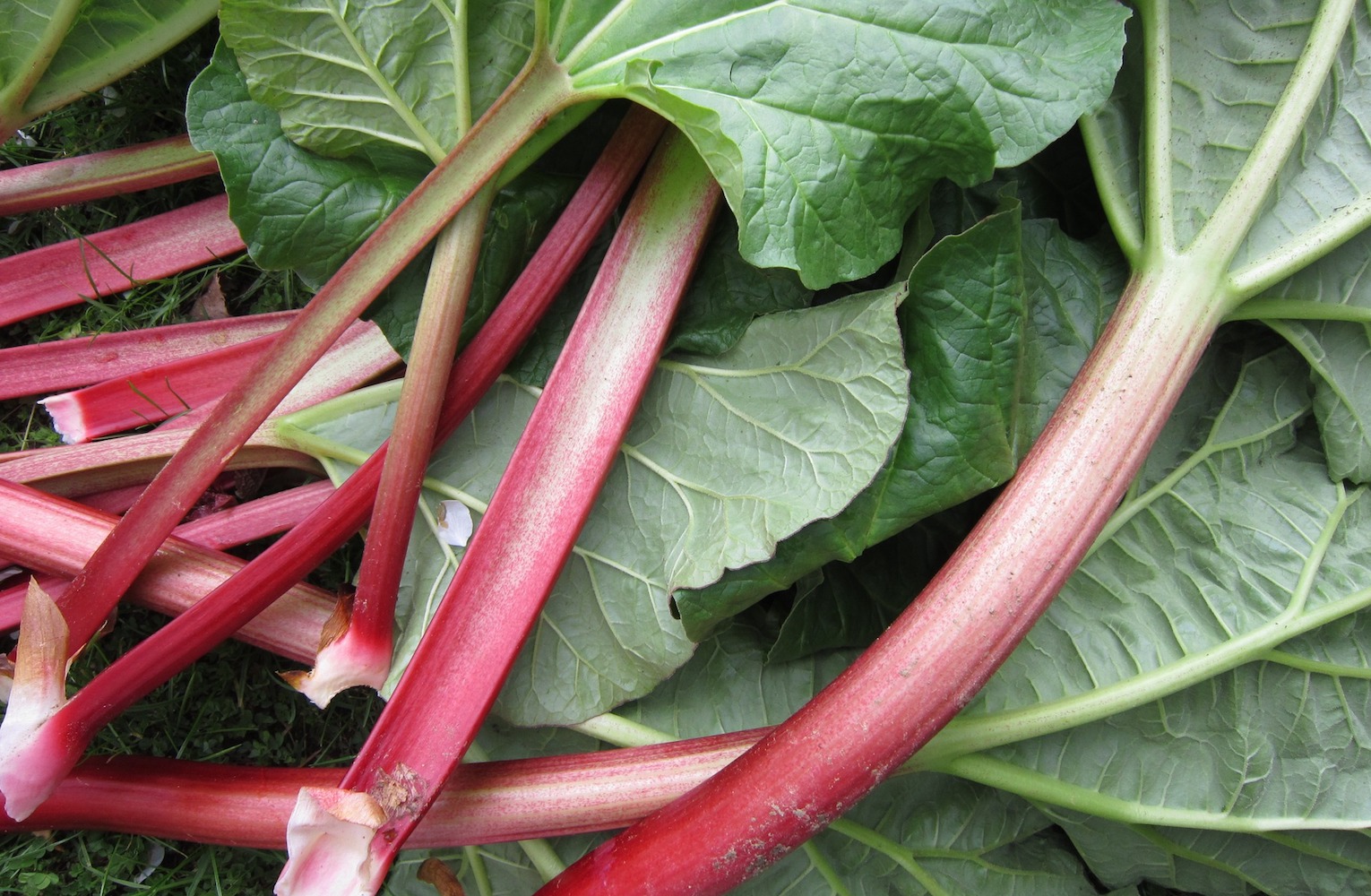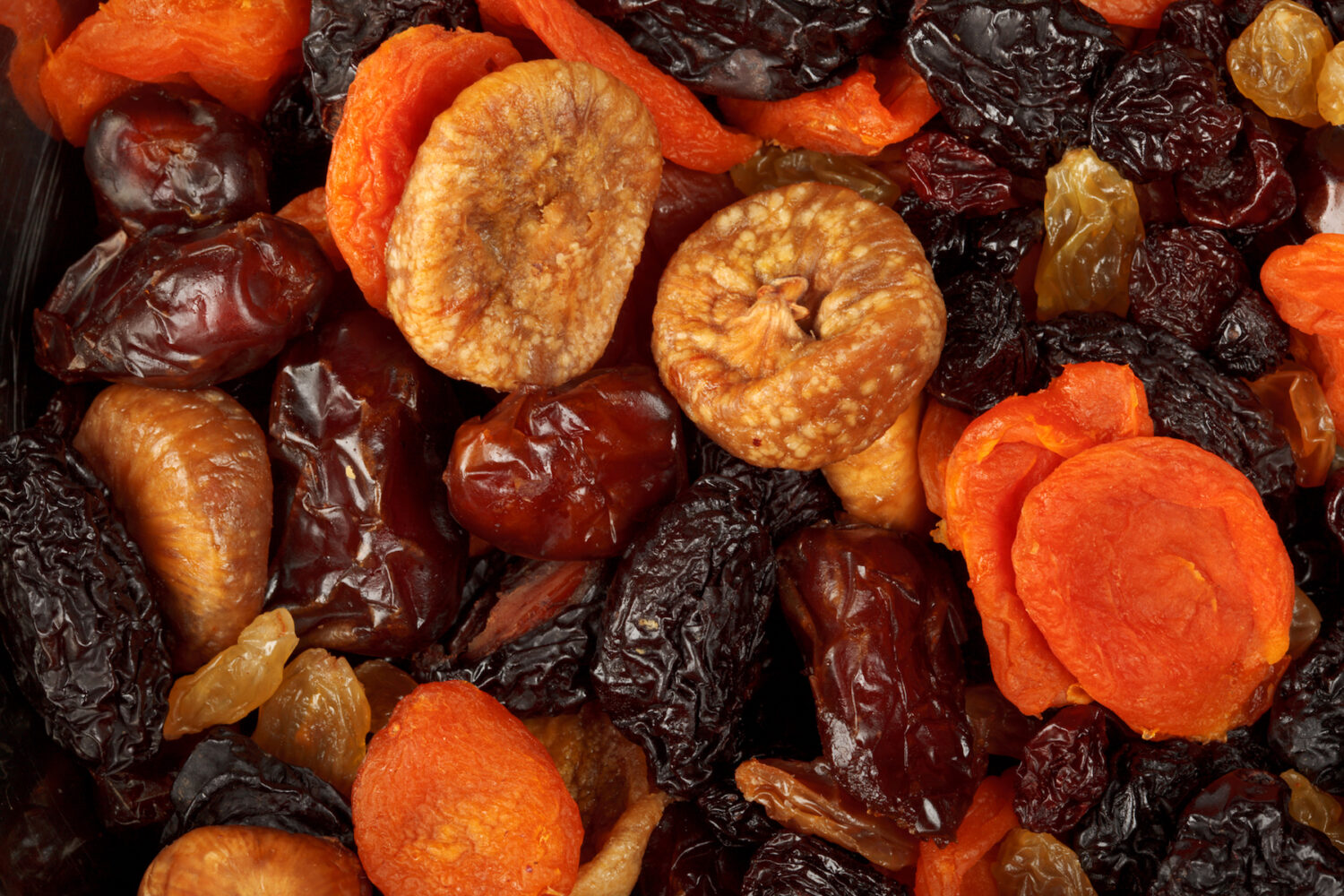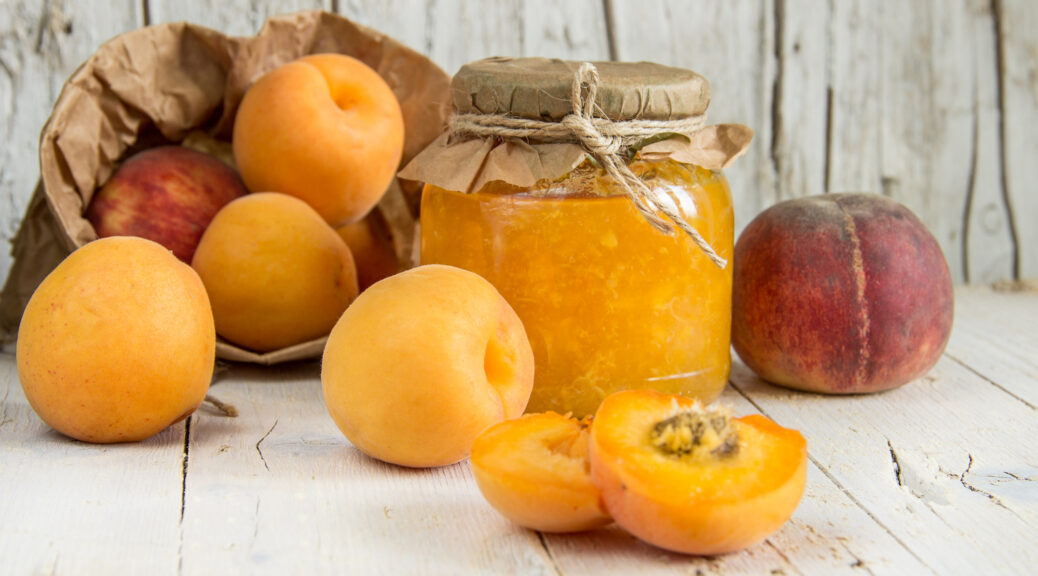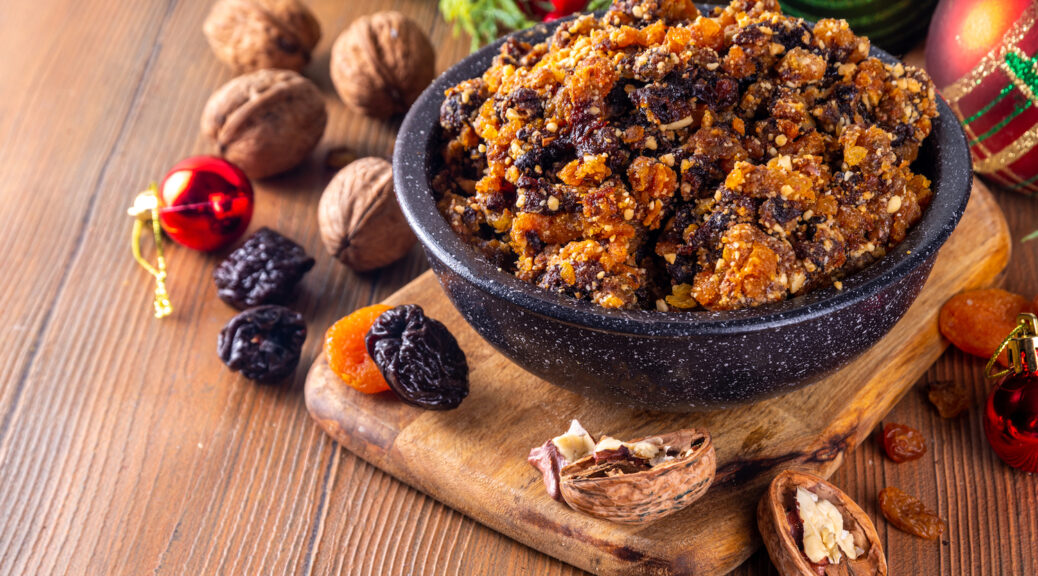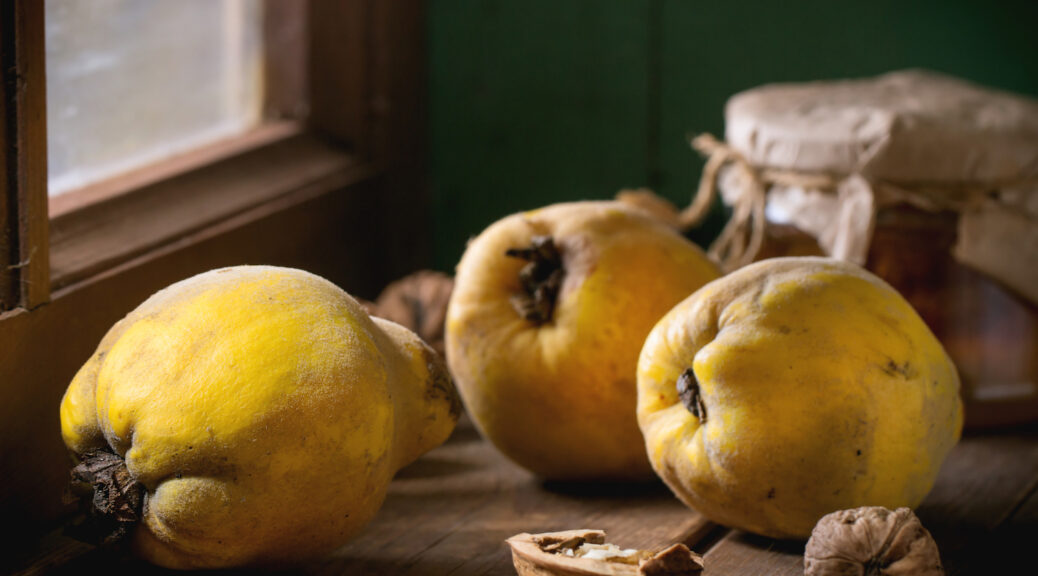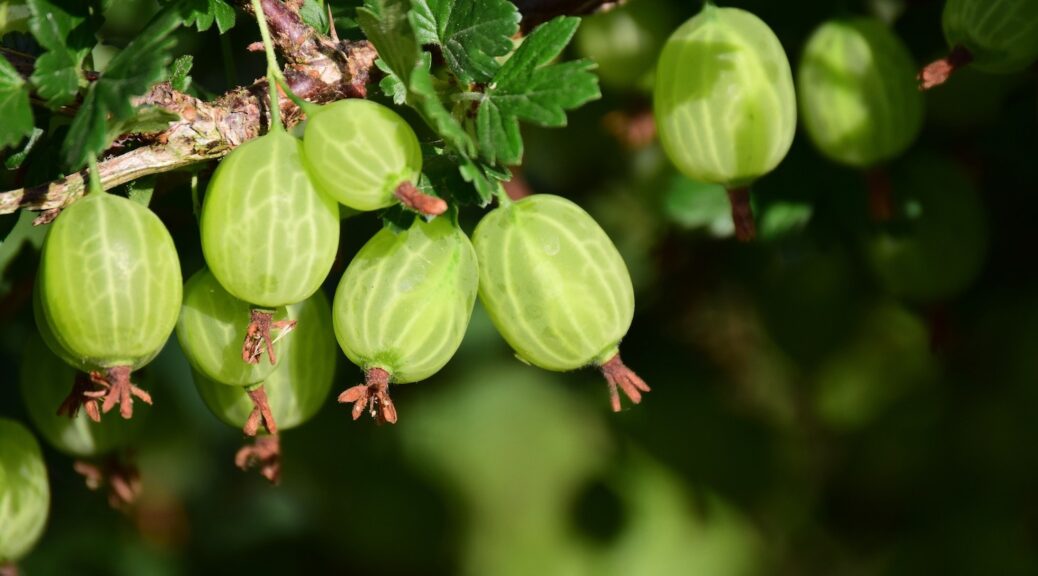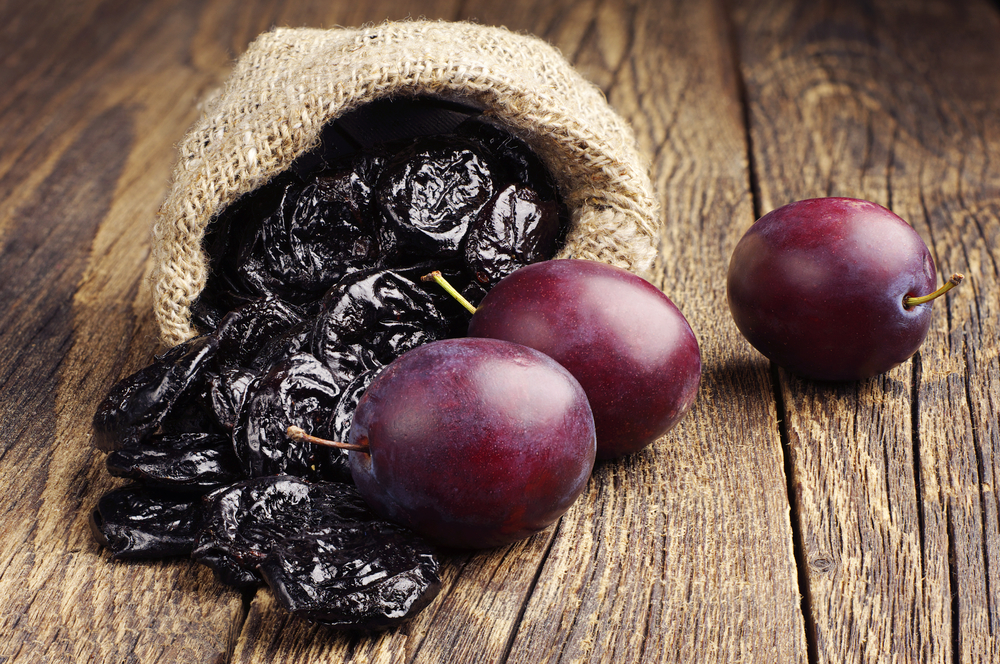Recipes Using Fresh Oranges
During the 1800s, oranges were a seasonal crop and not available year-round. INFORMATION BELOW FROM 1800s COOKBOOKS:Oranges may be kept fresh for weeks by placing them in a vessel of cold water in a very cool cellar or ice house. Change the water every day. The usual method employed by growers for keeping these fruits is to wrap each one separately in tissue paper, and put in a cool, dry place. Another way ~~ Dry and bake some clean sand…
